In June 2016, DC Comics kicked off the start of its Rebirth initiative. After a wave of criticism surrounding the way they have treated their characters’ rich histories since 2011’s New 52 relaunch, DC has decided to rebrand. They hope that by restoring their characters’ pasts, they will restore readers’ faith in them as well. Do they succeed? That’s what the Comics Beat managing editor Alex Lu and entertainment editor Kyle Pinion are here to discuss. Book by book. Panel by panel.
UPDATE: With a new year comes change. Going forward in 2017, Alex and Kyle will be alternating articles weekly in order to give each other a breather after 7 straight months of going tandem. A little break is always good! This week, Alex takes charge with Davey Nieves on tap to offer additional thoughts on The Wild Storm #1.
Note: the reviews below contain **spoilers**. If you want a quick, spoiler-free buy/pass recommendation on the comics in question, check out the bottom of the article for our final verdict.
 Midnighter and Apollo #6
Midnighter and Apollo #6
Writer: Steve Orlando
Artist: Fernando Blanco
Colorist: Romulo Fajardo Jr.
Letterer: Josh Reed
Over the course of two series and eighteen issues, writer Steve Orlando and a team of artistic collaborators– primarily FCO and Fernando Blanco– have given new life to Midnighter. The foul-mouthed and bull-headed anti-hero with a murderous supercomputer embedded inside his brain has become one of the most unique characters in the DC Universe. His past traumas, moral conflicts, and queer sexual identity add up to create an incredibly compelling character with a rich set of stories to draw from. Throughout Midnighter and Apollo, Midnighter’s love life takes center-stage as he literally goes to hell and back in an attempt to rescue his solar-powered lover from the clutches of Neron, king of the underworld. In Midnighter and Apollo #6, that Orphean journey comes to an enthralling end, enshrining this run of comics as one of the greatest character studies in the modern DC canon.
In a final analysis, Midnighter’s story has been one about redemption. In this version of his story, Midnighter started off as a solitary figure. He and Apollo had broken up because Midnighter felt undeserving of his partner’s love. He saw himself as a selfish fighting machine with no real sense of personal identity. He refused to think of himself as a hero, simply referring to himself as a fighter instead. However, over the course of his journey, Midnighter came accept himself. He found friendship, found love, and found himself in Apollo’s arms once more. Then, when Apollo was taken from him, Midnighter selflessly threw himself into the abyss for the chance to rescue the person who had rescued him.
We see this conflict for acceptance externalized throughout Midnighter and Apollo #6. An endless horde of dead chase the two lovers as they attempt to escape the depths of Hell. Their necks come pre-snapped– they’re meant to represent Midnighter’s and Apollo’s victims; by extension, they’re manifestations of Midnighter’s and Apollo’s guilt. That guilt ultimately drags Midnighter back down to the earth as he comes face to face with an undead version of himself. To crib Scott Pilgrim, this is Nega-Midnighter, the representation of all of the negative memories and emotions Midnighter spends his life in fear of. Midnighter’s game to fight himself because it’s “no different..from any other damn day” for him, but he doesn’t have to this time around as Apollo blasts Nega-Midnighter to shreds from afar.
That moment is the key to understanding why Midnighter’s relationship with Apollo is so powerful. Despite Midnighter’s constant misgivings about himself, Apollo never gives up on his partner. As he later tells Midnighter, “even if you think you’re doomed, I refuse to accept that.” In Midnighter, Apollo sees the heart of a good man who can be “turned…into something better.” Apollo isn’t searching for perfection– he simply wants to be a part of the journey. He wants to be the foundation that Midnighter never had. And at the end of this story, finally– finally— Midnighter learns to see himself as what he has always had the potential to be for Apollo– an equally strong foundation “ready to die” for the man he loves.
Midnighter and Apollo is a series worth celebrating. It’s a stunningly rendered series with action sequences that floor you with every page turn. It’s a sharply written series that chalks up a big win for representation in comics. Most of all, it’s a testament to the power love has to build us up and make us better than the sum of our parts.
Final verdict: Buy
 Superman #18
Superman #18
Writers: Peter Tomasi & Patrick Gleason
Penciller: Patrick Gleason
Inker: Mick Grey
Colorist: John Kalisz
Letterer: Rob Leigh
Superman #18 is a bit of a headscratcher. On the one hand, it’s a solid book in its own right. It builds off of several major plot and thematic threads that have been seeded throughout Peter Tomasi’s and Patrick Gleason’s run thus far. On the other hand, this story plays into some of the more convoluted elements of the current DC Universe, thus making it a story geared towards long-time fans of DC Comics. Yet at the same time, being a long-time fan lessens the stakes of the cliffhanger established at the end of this issue.
Serialized comics in an interconnected universe are a tricky thing to deal with. Each series in that universe needs to maintain enough of an unique identity to separate it from every other title on the shelf. However, at the same time, none of the titles can be too different from one another lest they lose the ability to crossover with the rest of the line when necessary. For the most part, Tomasi and Gleason have done a good job of managing this balancing act on behalf of DC. They’ve established Superman as a series focused on small-scale stories about the nature of family. These stories, while capable of drama and tension, are generally light-hearted.
Recently however, DC launched Supersons, a new series also written by Tomasi that strikes the same tone and even uses a number of the same characters. Clark Kent’s son Jon Kent in particular, plays a central role in both of them. This is a problem because up until this point, even though this book is called Superman, Jon has been the primary character. Superman certainly features the Man of Steel, but there are plenty of issues where he doesn’t even appear, ceding the stage entirely so that we can watch Jon grow into his own powers and identity. With that in mind, perhaps it makes more sense for Jon to have his own book now and for Superman to take the spotlight in own title again. However, that does mean the book will have to develop a new identity– I strongly hope it’s not the one we see here.
While I enjoyed Superman #18 as a story, I think it plays to some of the worst editorial tendencies DC has. Its effectiveness is incredibly reliant on knowledge of pre-existing continuity. For example, the issue opens on Dr. Oz but never names him. Instead, the narration name-checks Watchmen in order to continue building a story that has little, if anything to do with Superman itself. The crux of the issue focuses on the pre DC-Rebirth Superman escaping from Dr. Oz’s prison and appearing on the post-Rebirth Superman’s family farm. Comics Beat’s Entertainment Editor, Kyle Pinion, and I have spoken about the problems with having two Clark Kent Supermen at length in the past, but suffice it to say, it’s confusing to explain on a good day.
Watching the post-Rebirth Superman desperately try to rescue Jon as he flickers in and out of existence is heart wrenching. It’s a beautifully scripted and rendered scene that plays to Tomasi’s and Gleason’s strengths. At the same time though, given the fact that Supersons exists, I can’t totally buy into his disappearance at the end of this issue. Yeah, comics never really change and no one ever really dies, but how can we say it’s not a problem when it absolutely is? A lack of stakes crushes narrative tension in a story and while the stakes set up in Superman #18 are high in a vacuum, they’re much lower in the context of the current DC lineup.
Overall, Superman #18 should prove to be an interesting read for those who have been following along with the events of the series so far. However, it makes for a relatively poor jumping on point and establishes a new identity for the series that feels a little more plot-centric than character-centric than I’d like. Fingers crossed things change course at the end of this event!
Final Verdict: Buy (if you’re already reading, pass otherwise)
Round-Up
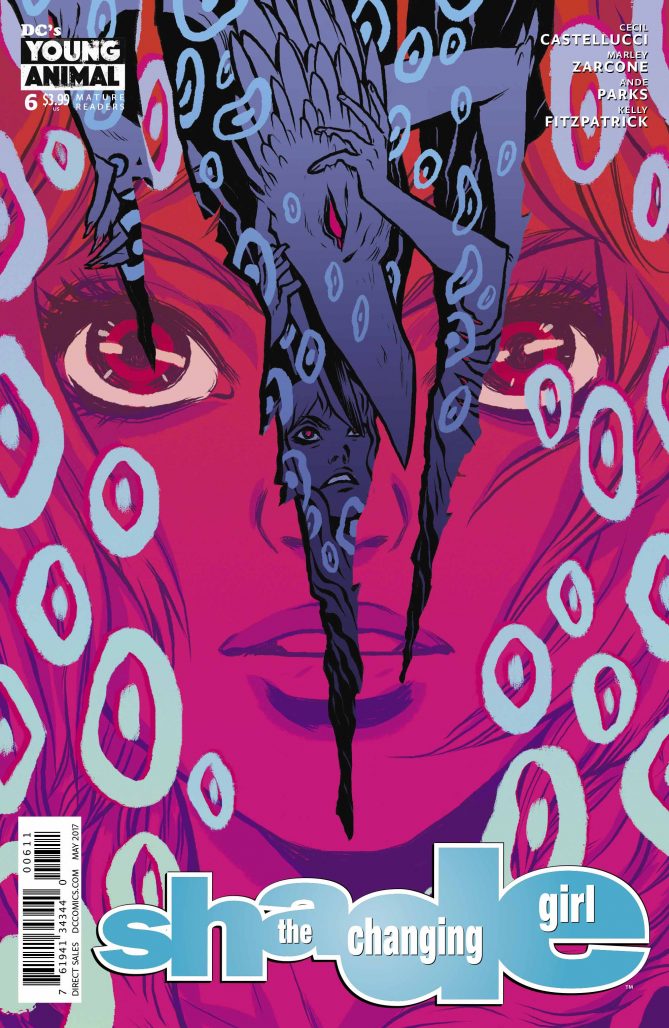
Miss any of our earlier reviews? Check out our full archive!


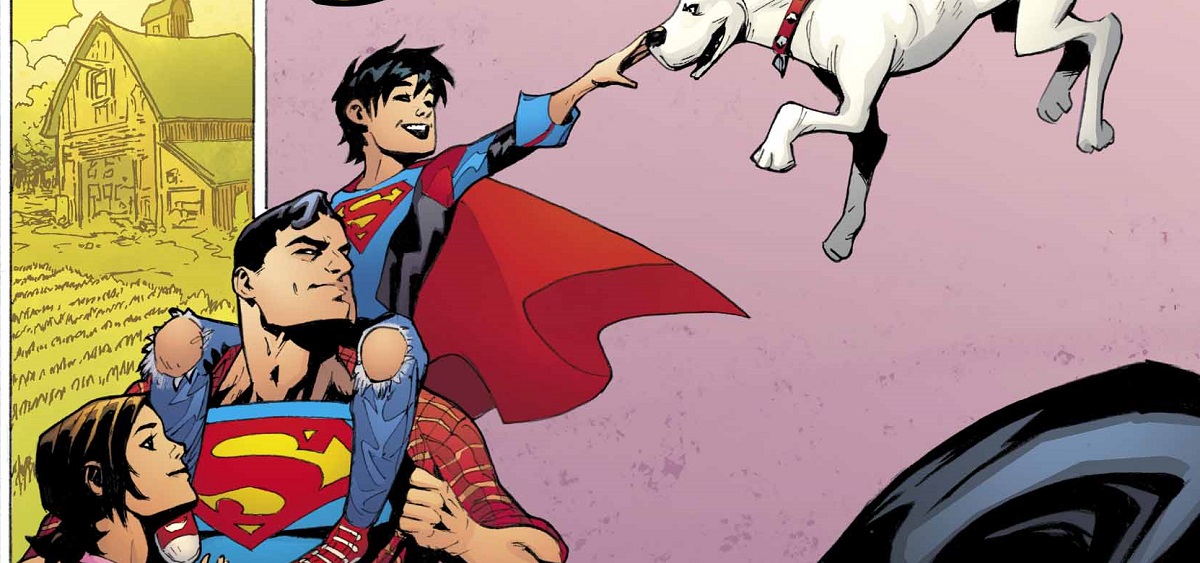
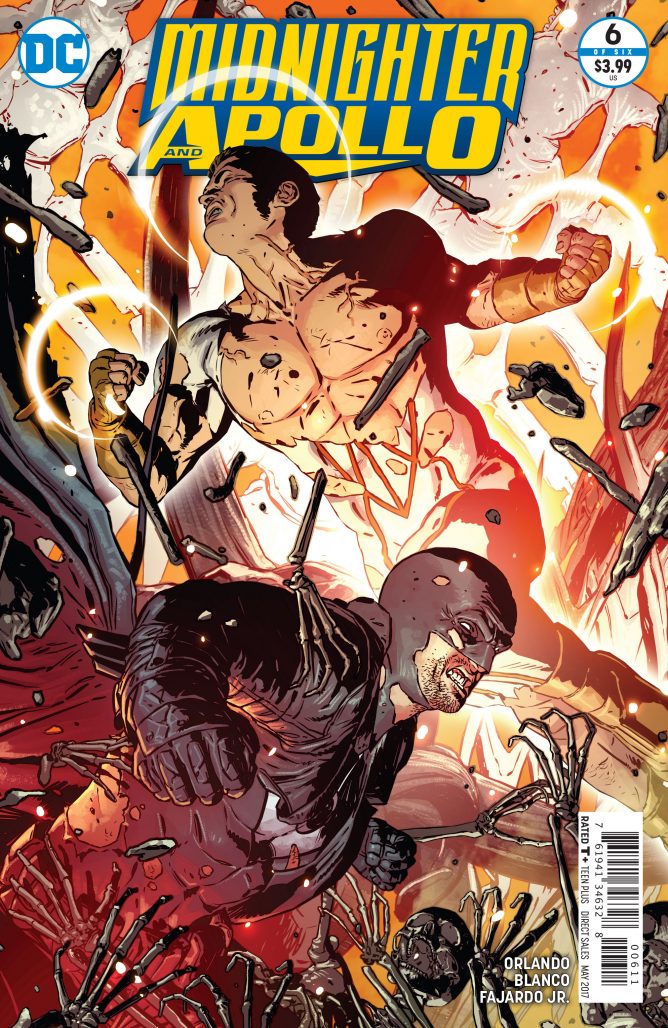
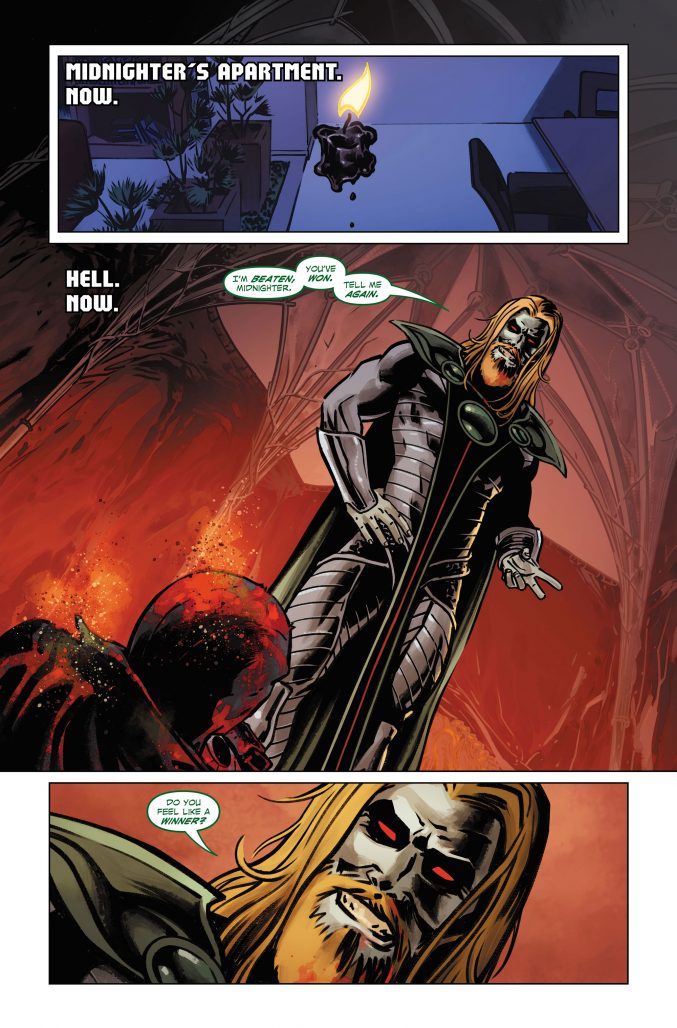
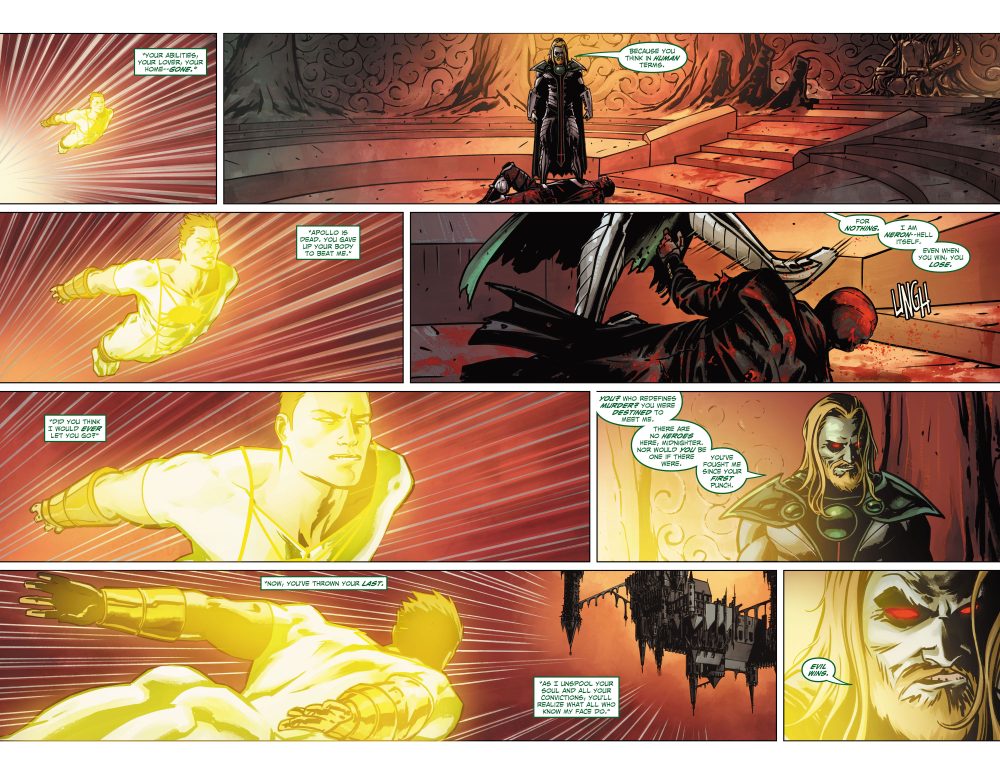
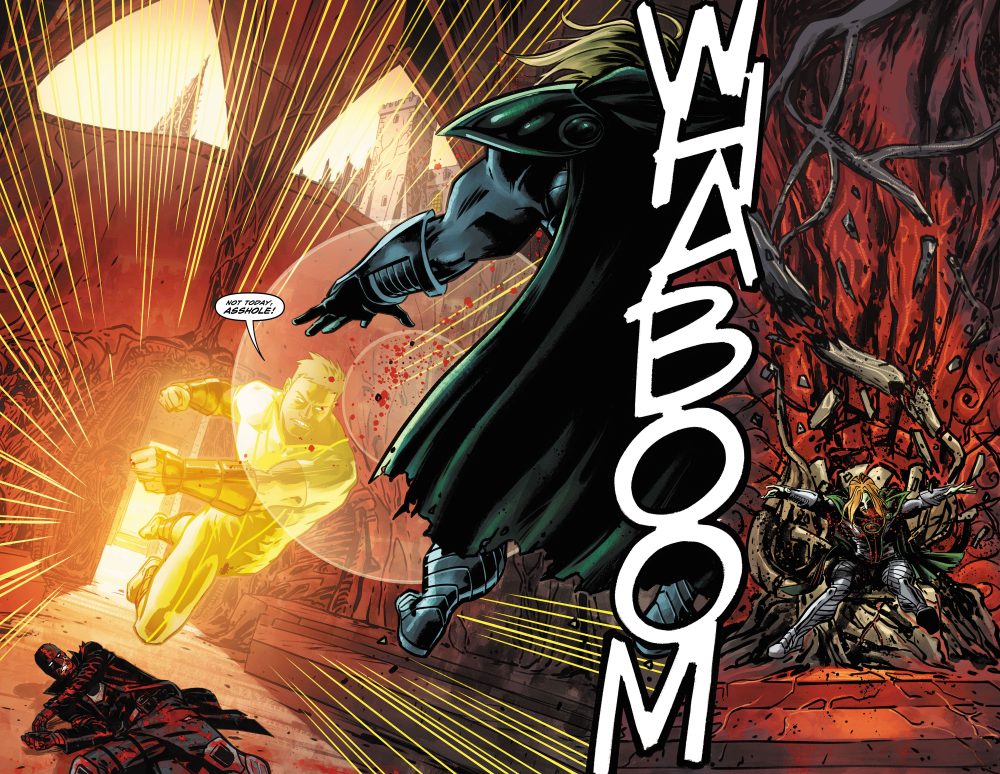
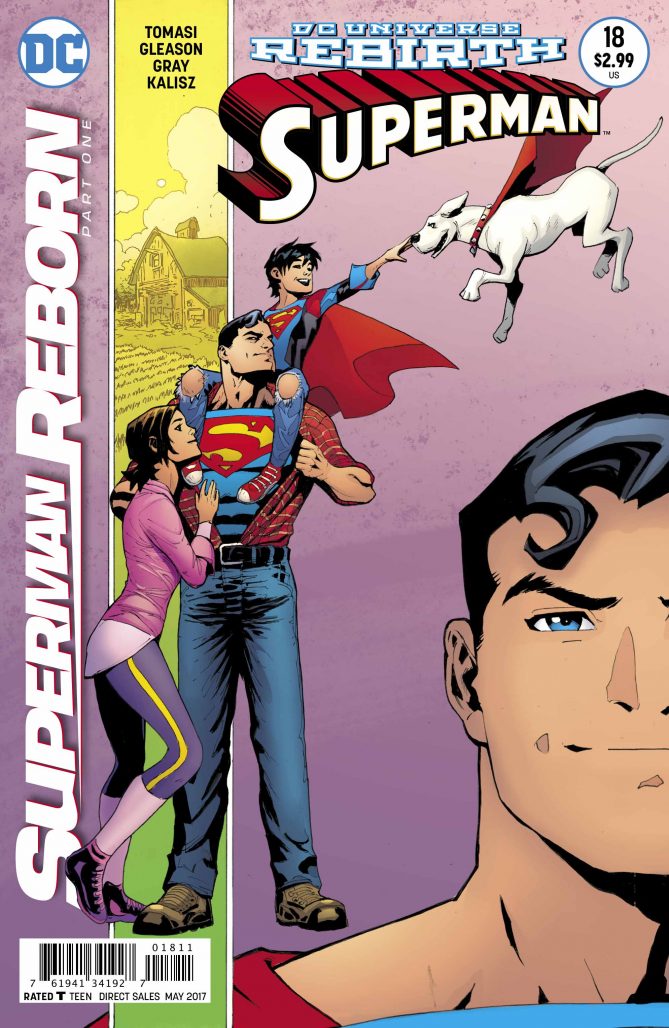
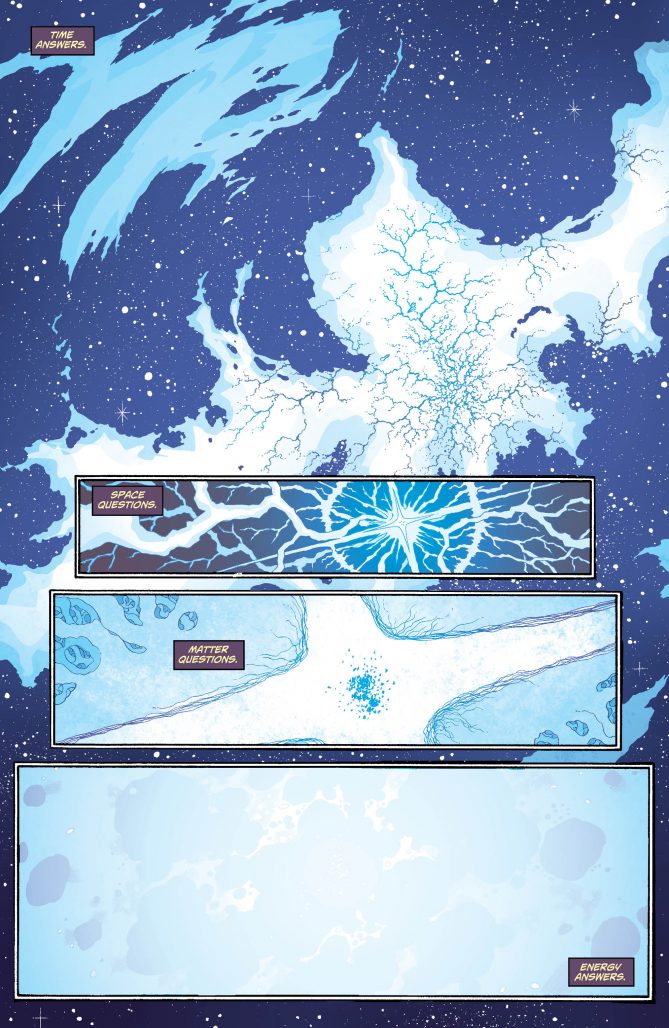
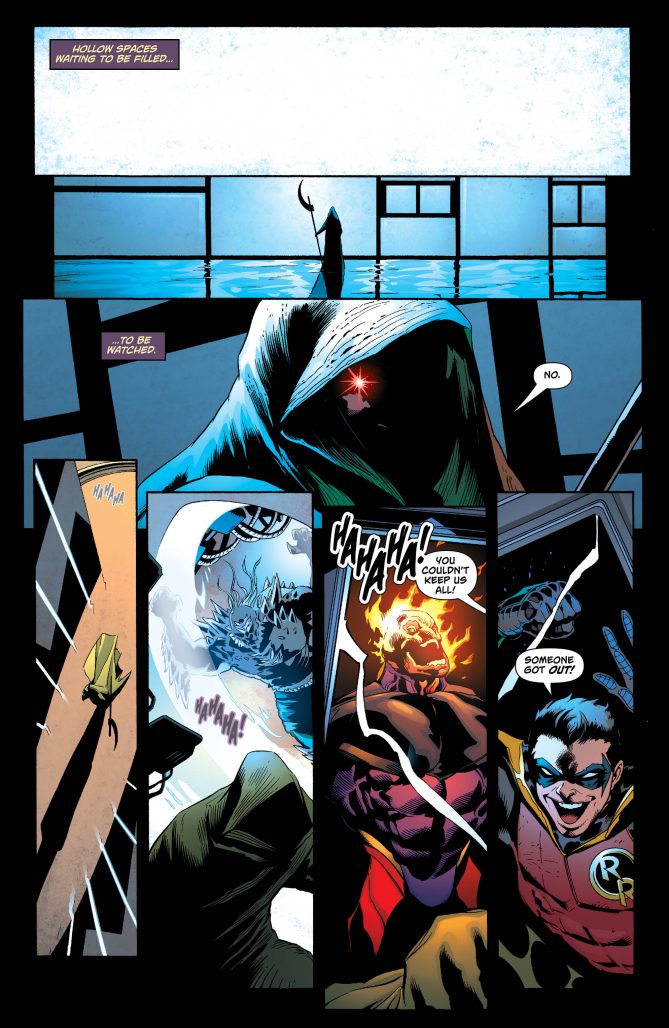
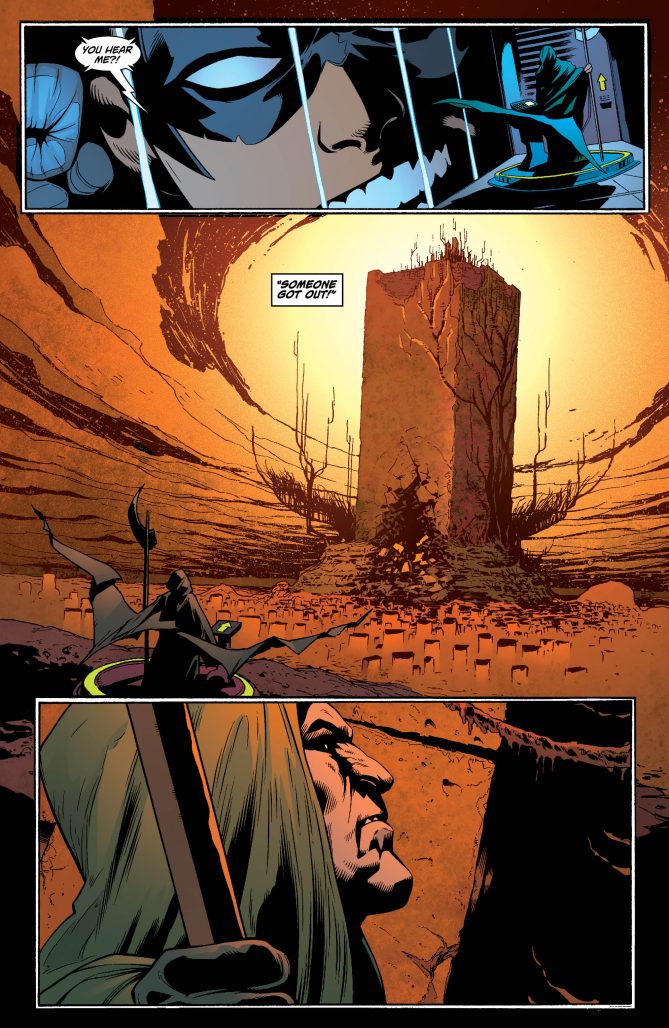


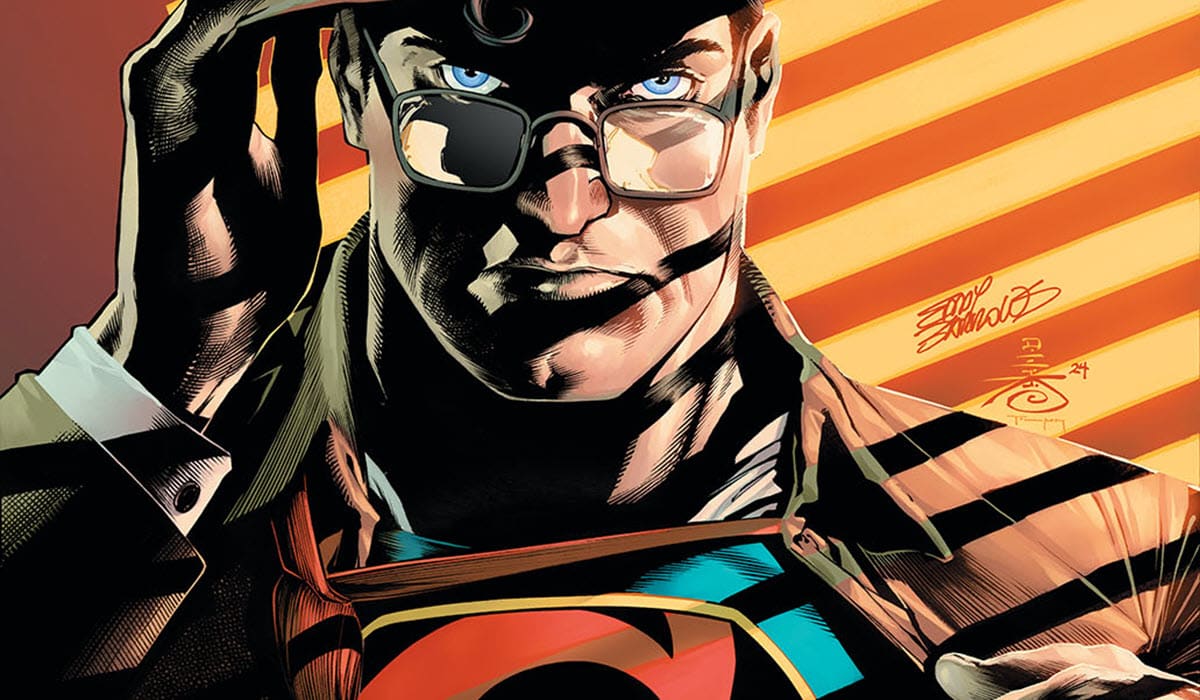



I remember when it was so easy to keep track of: We had the modern Superman on Earth-1 and (essentially) the Golden-Age Superman on Earth-2. *sigh* Those were the days!
You guys still reading Batman and Nightwing? Batman just had one absolutely brutal fight issue, and Nightwing may be my favorite character-driven series now.
Moo,
Indeed! One of the things I like best about King’s take on Batman is its sheer level of narrative unpredictability. Every issue feels distinct from the one previous in a really cool way. I’m glad to see DC is letting him play around a bit with their flagship character and this is the best Finch’s art has looked in a long time (credit to Danny Miki as well).
Nightwing has bounced-back these past two issues I think. I was struggling through the Bludhaven arc, both because I think that environment just highlights Dick’s second-rate Batman status and there was a weird visual mix happening between To’s pencils and Sotomayor’s colors that made the whole thing look washed out. But with Fernandez back on board, and a better villain to center in on, things are back in shape. This week’s issue was maybe the best of the whole run.
I read Batman this week as well! I’ve written about it a lot over the last two months though and figured I’d give my brain a break this week. I didn’t have a ton to say about this issue that I haven’t expressed in previous reviews about this take on the character. Finch did a good job structuring the parallel narrative arcs for Bane and Batman. His work here kind of showcased that he /is/ capable of doing the heavily structured things King likes to do in his stories, though I don’t think his art style with its scratchy lines and hyper-exaggerated faces is the best choice for that kind of book overall.
Comments are closed.